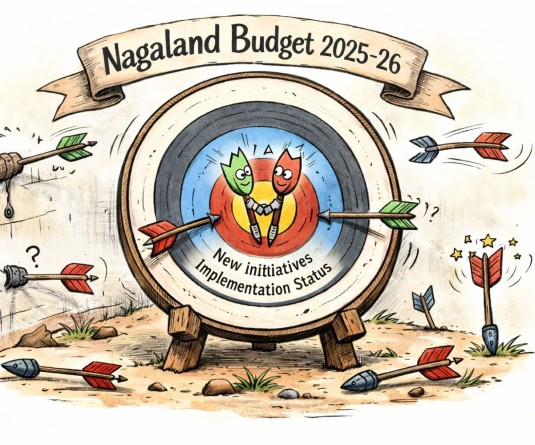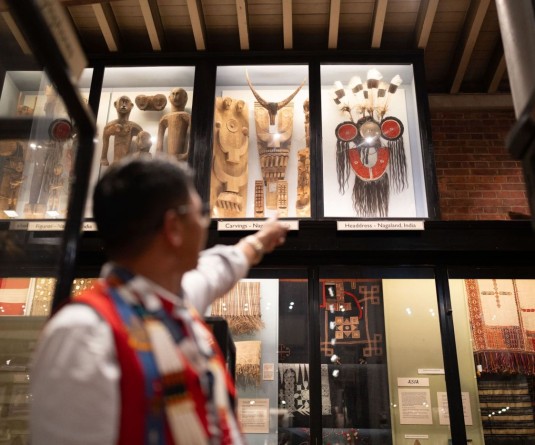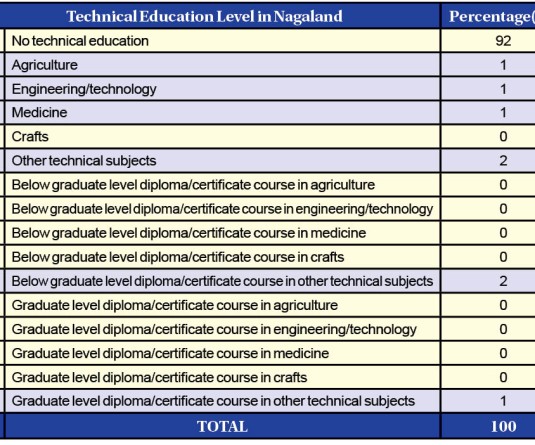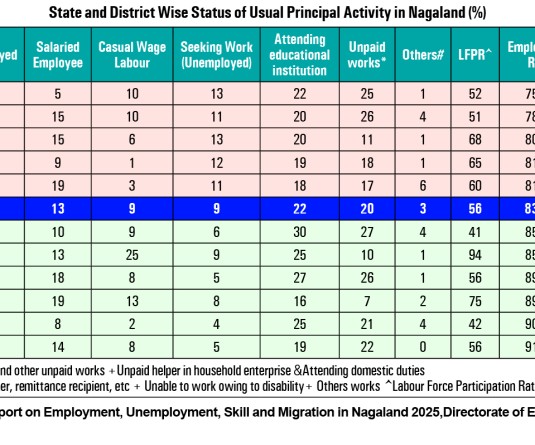(Photo Courtesy: Pixabay)
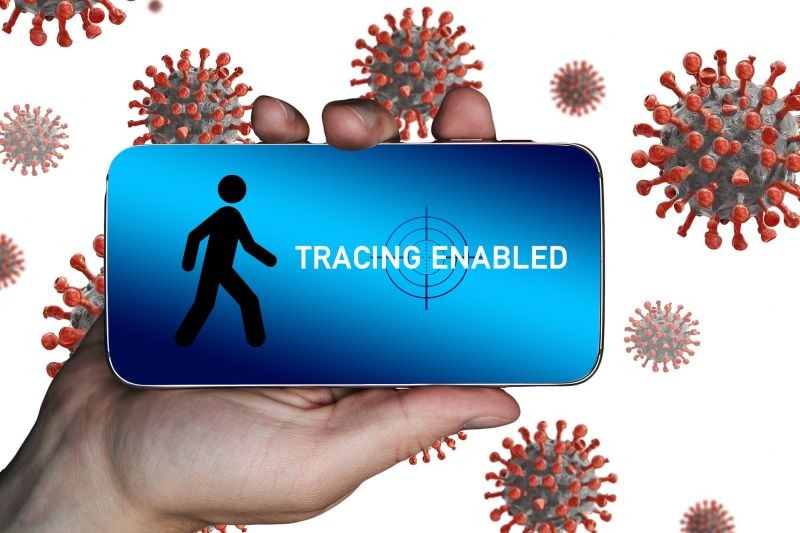
Morung Express News
Kohima | July 21
According to the World Health Organisation, contact tracing is an “essential public health tool for controlling infectious disease outbreaks,” as it helps “break the chains of transmission of infectious disease”. However, a global debate is emerging on contact tracing being invasive and used as a tool of surveillance, thus infringing privacy rights.
In the current context of the COVID-19 pandemic, contact tracing is generally perceived as one of the most essential instruments to mitigate the transmission to the disease. Confusions and arguments have also emerged in Nagaland on the issue of contact tracing.
With the onset of local transmission, contact tracing can be a tedious and time consuming task for the contact tracer workforce in Nagaland, requiring professional expertise as well as cooperation and reciprocity from the patient.
State Nodal Officer for Integrated Disease Surveillance Programme (IDSP), Dr Nyanthung Kikon highlighted four steps in the process of contact tracing.
According to Dr Kikon, contact tracing requires time because when a person is tested positive, and his or her status is notified, “They take some time to register themselves because there is always the case of denial, anger, and acceptance. They have to go through the mental process.”
The second, he said, is the issue of stigma and discrimination especially, at the moment when an ambulance arrives to pick up the patient. The next is when they are put at the respective COVID Hospitals.
The fourth process is to facilitate the patient to be properly rested and calmed before tracking down their contacts. “They have to be properly rested, calmed before we can ask the contact tracing. That takes time. We cannot just start bombarding the person on where the person has been the last seven days or ten days,” he stated.
While arguments on contact tracing are underway, Dr Kikon told The Morung Express that many factors have to be taken into consideration.
“We have to think about the patient’s mental condition too. Sometimes the person may not answer you. And the person has the right to not divulge any information. We have to do it in a very tactful way,” he asserted.
Further, for a person to remember their activities and itineraries for the last fourteen days is a difficult task. “Contact tracing is not so easy and it takes an expert's way of doing things also. Unless the person is comfortable and rested and in a good mental state of mind, we can't get all the information required. It is for the person to remember what, where she/he has been going last 14 days. The person also needs to be given time to recollect on who they have met, where they have gone,” he emphasized.
There are also probabilities that some will be missed out in the process of contact tracing. “100 percent surveillance is not possible,” he said.
Contacts are categorised into primary contacts (close contacts) and secondary contacts. According to Dr Kikon, contact tracing is also conducted through secondary contacts, which is further followed by backtracking.
“We take all these into consideration. No surveillance system in the world is 100 percent correct. All our district teams are working hard and giving their best. They are in fact going beyond the human capabilities to give their best efforts,” Dr Kikon maintained.


